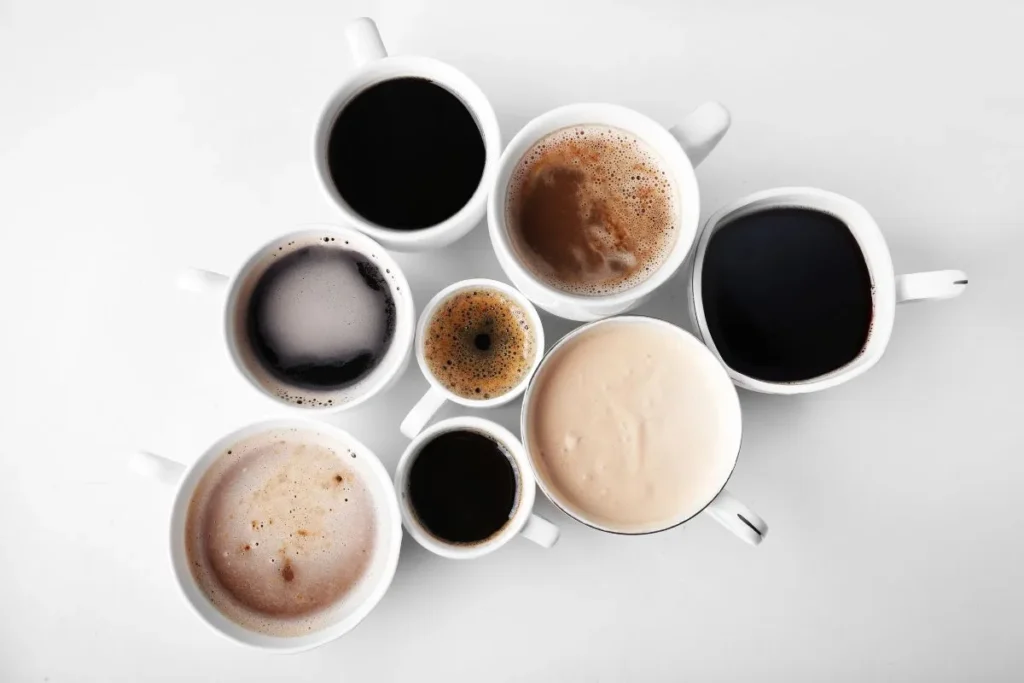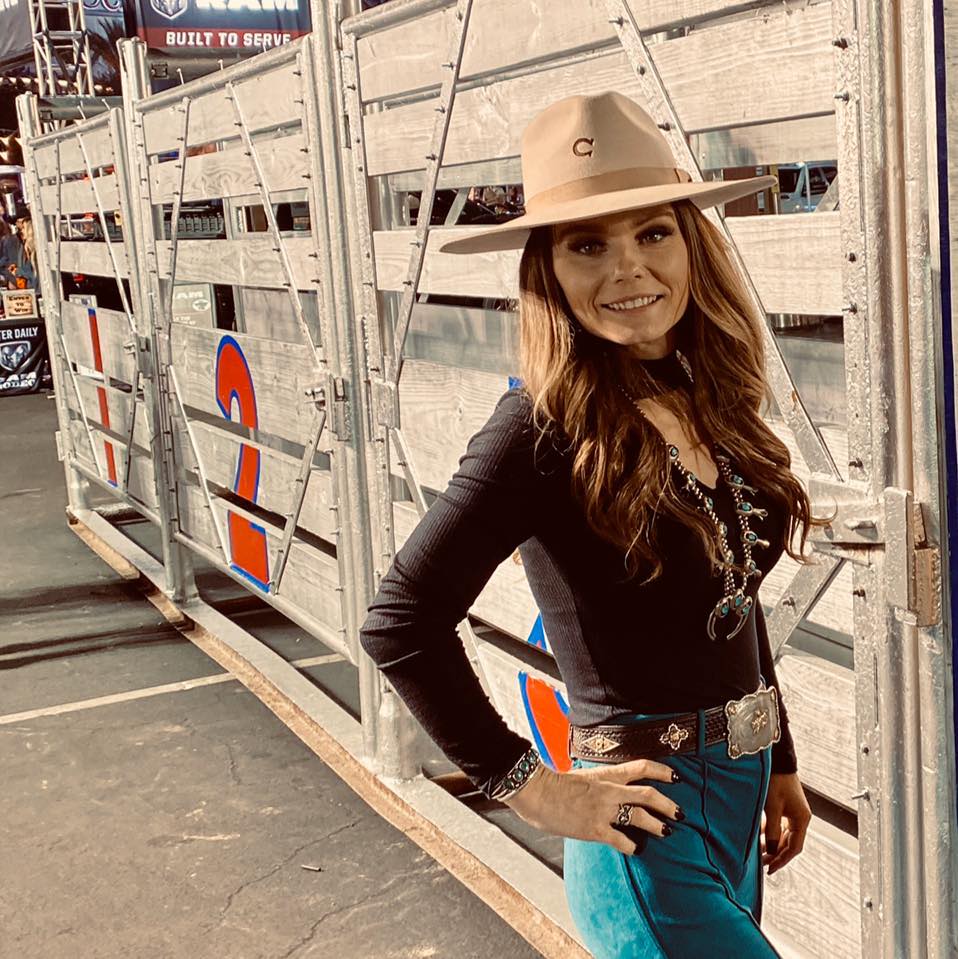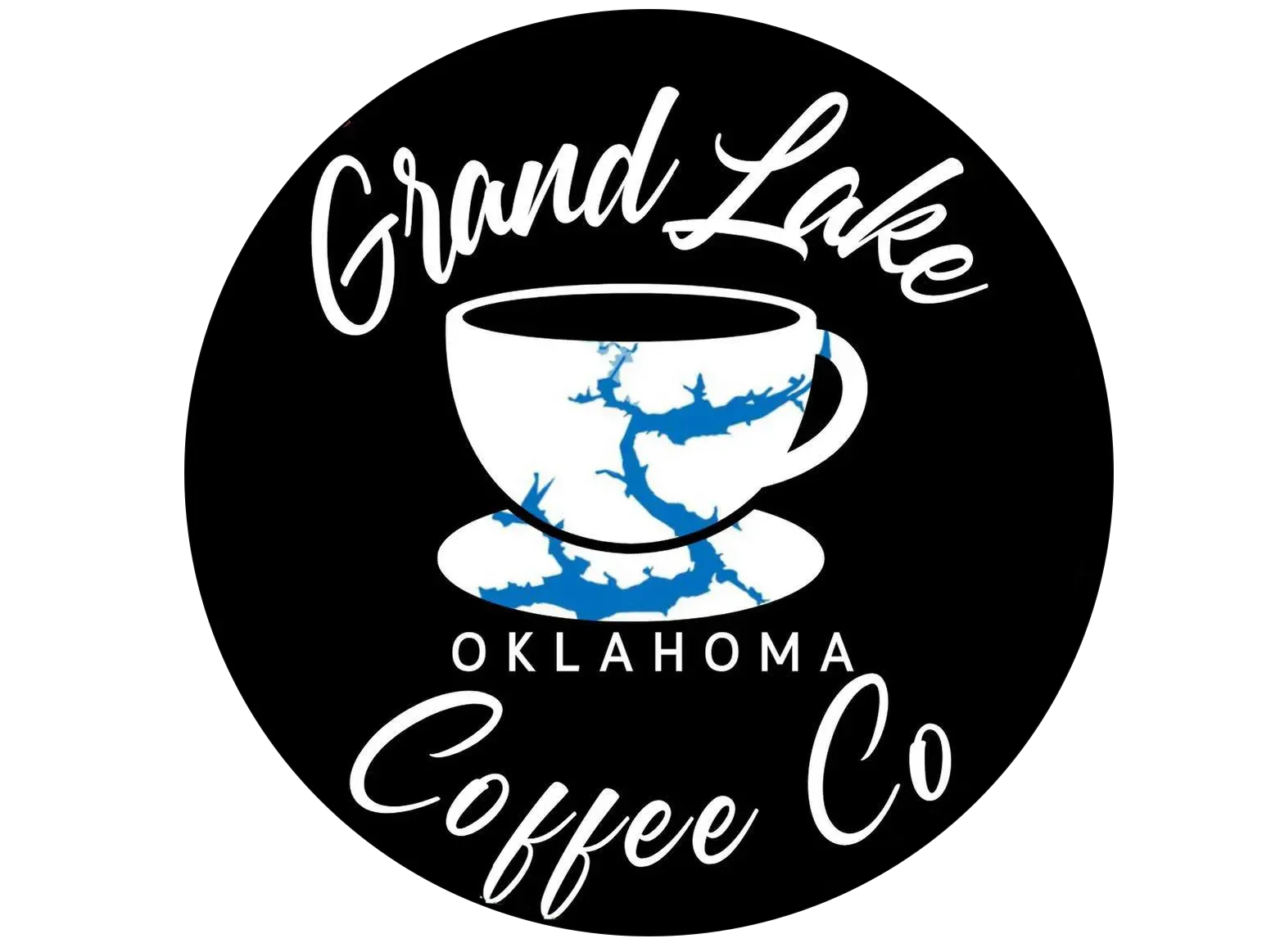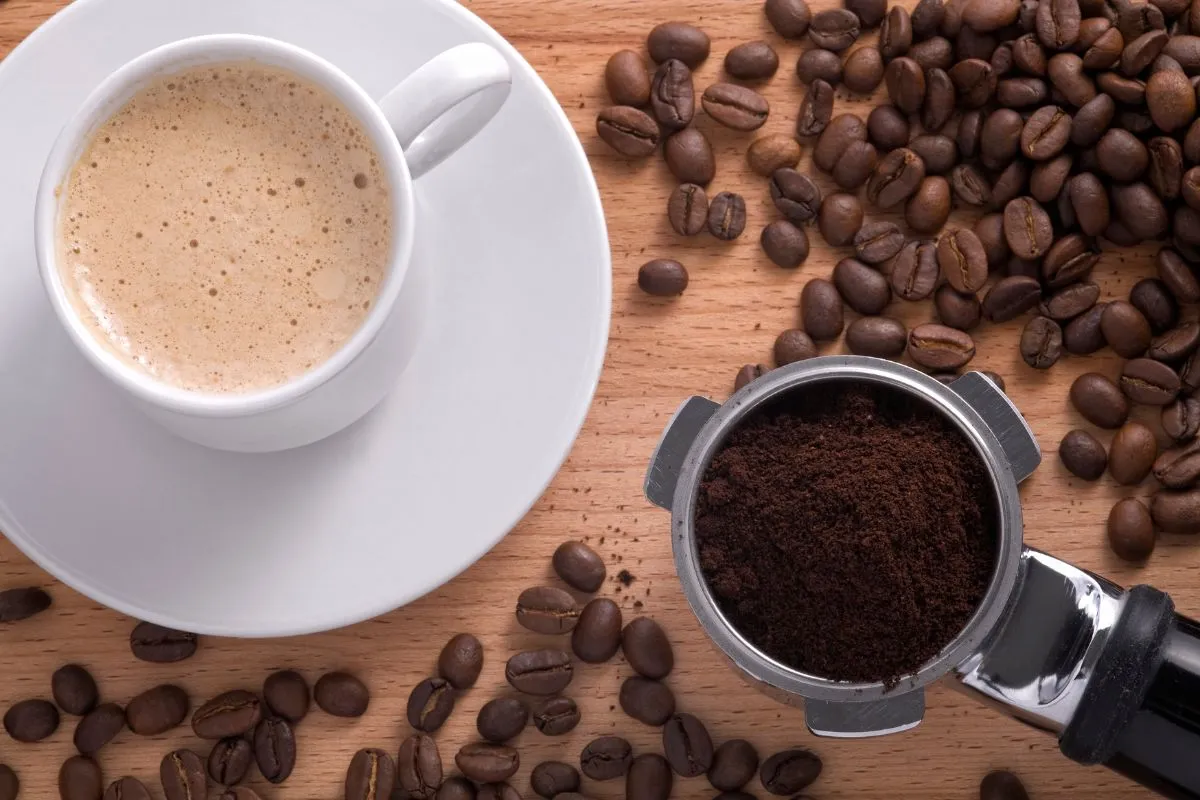Whether you’re hosting a brunch, office meeting, or community event, brewing coffee for 30 people can be a daunting task. Too little coffee, and you’ll leave guests disappointed. Too much, and you’ll end up with a bitter, undrinkable brew.
In this article, we’ll unravel the mystery of the perfect coffee-to-water ratio for 30 cups. We’ll delve into the factors that influence the ideal measurement, from the type of brewing method you’re using to your personal preferences for strength and flavor.
By the end, you’ll be equipped with the knowledge to brew a delicious pot of coffee that will leave your guests asking for seconds.
Understanding Coffee Measurements
Coffee brewing is both an art and a science. Achieving the perfect cup relies heavily on accurate measurements. Let’s explore the key aspects of coffee measurements to help you brew consistently delicious coffee.
Standard Coffee-to-Water Ratios
The golden ratio for coffee brewing typically falls between 1:15 and 1:18. This means using one part coffee to 15-18 parts water. For example, you might use 1 gram of coffee for every 15-18 grams of water.
Many coffee enthusiasts prefer a 1:16 ratio as a starting point. However, personal taste plays a significant role in determining the ideal ratio for you. Experimenting with different proportions can help you find your perfect balance.
Ground Coffee vs. Whole Beans
Measuring whole beans differs from measuring ground coffee due to density variations. Whole beans occupy more space than their ground counterparts. When a recipe calls for a specific amount of ground coffee, it’s best to grind the beans first, then measure.
If you’re starting with whole beans, a general rule of thumb is to use about 10% more by volume. This accounts for the air space between the beans. However, for precision, weighing your coffee is always the most accurate method.
Measuring Units: Ounces, Grams, and Tablespoons
Various units are used in coffee measurement:
- Grams: Preferred by professionals for its precision
- Ounces: Common in US recipes, can be fluid or weight ounces
- Tablespoons: Often used in homebrewing, but less accurate
For consistency, invest in a digital scale that measures in both grams and ounces. This tool allows for precise measurements, ensuring your brew turns out the same every time.
Converting between units can be helpful:
- 1 tablespoon of ground coffee ≈ 5-7 grams
- 1 ounce of ground coffee ≈ 28 grams
Remember, these conversions are approximate due to variations in grind size and coffee density.
Regardless of the units you choose, maintaining consistency is crucial. Use the same measurements each time you brew. This practice allows you to make adjustments based on taste preferences and achieve repeatable results.
Factors Affecting Coffee Quantity
When brewing coffee for a large group, several factors influence the amount of coffee you’ll need. Understanding these elements helps achieve consistent, high-quality results.
Brewing Method
Each brewing technique extracts coffee differently, impacting the quantity required:
- Drip coffee makers typically use a 1:16 ratio, but may need slight adjustments based on filter type and brew cycle length.
- French press often requires more coffee, using a 1:14 or 1:15 ratio due to its full immersion style.
- Cold brew demands significantly more grounds, sometimes doubling the amount used in hot brewing methods.
- Percolators might use less coffee to prevent over-extraction, starting with a 1:18 ratio.
- Pour-over methods generally stick to a 1:16 ratio but may need fine-tuning based on filter thickness.
Always consider your specific brewing method when calculating coffee quantity, as it plays a crucial role in extraction efficiency and final flavor.
Roast Level
The roast level of your coffee beans significantly affects how much you’ll need:
- Light roasts are denser and may require more coffee by weight to achieve desired strength.
- Medium roasts often align well with standard ratios, making them a versatile choice for large batches.
- Dark roasts are less dense and can produce a stronger flavor with less coffee, potentially allowing for a slight reduction in quantity.
When brewing for 30 cups, consider adjusting your measurements based on roast level. Light roasts might need 5-10% more coffee, while dark roasts could use 5-10% less than your baseline calculation.
Grind Size
The size of your coffee grounds impacts extraction rate and, consequently, the amount needed:
- Finer grinds extract more quickly and thoroughly, potentially requiring less coffee overall.
- Coarser grinds extract more slowly and may need a larger quantity to achieve desired strength.
- Consistency in grind size is crucial for even extraction across a large batch.
For 30 cups, ensure your grinder can produce consistent results in larger quantities. Adjust your coffee amount slightly based on grind size – increase for coarser grinds and decrease for finer ones.
Water Quality and Temperature
Water characteristics play a significant role in coffee extraction:
- Soft water may under-extract coffee, requiring more grounds to achieve desired strength.
- Hard water can over-extract, potentially allowing for a slight reduction in coffee quantity.
- Water temperature affects extraction rate. Lower temperatures might necessitate more coffee or longer brew times.
Aim for water between 195°F and 205°F (90°C to 96°C) for optimal extraction. If your water source varies significantly from ideal, consider adjusting your coffee quantity accordingly.
Desired Strength and Flavor Profile
Personal preferences and audience expectations greatly influence coffee quantity:
- Stronger brews typically require more coffee, potentially increasing the ratio to 1:15 or even 1:14.
- Milder preferences might use less coffee, with ratios around 1:17 or 1:18.
- Flavor complexity can be enhanced by using more coffee, even if not seeking increased strength.
When brewing for a large group, consider surveying preferences beforehand. You might prepare two batches – one standard strength and one stronger – to cater to diverse tastes.
Bean Freshness and Quality
The age and quality of your coffee beans affect their flavor potency:
- Freshly roasted beans often have more intense flavors, potentially requiring slightly less coffee.
- Older beans might need a small increase in quantity to achieve the same flavor impact.
- Higher quality beans generally offer more complex flavors, which could influence how much you use to highlight their characteristics.
For large batches, prioritize freshness and quality. Using superior beans might allow you to use marginally less coffee while still achieving excellent results.
How Much Coffee for 30 Cups
Brewing coffee for a large group requires careful calculation to ensure a balanced and flavorful result. Let’s break down the process of determining the right amount of coffee for 30 cups.
General Rule of Thumb
A widely accepted guideline for coffee brewing is using 1-2 tablespoons of ground coffee per cup. For 30 cups, this translates to approximately 30-60 tablespoons. However, this method lacks precision, as cup sizes and personal preferences vary.
Step-by-Step Calculation
For more accurate measurements, follow these steps:
- Define cup size: Standard coffee makers often consider a cup as 5-6 ounces.
- Calculate total water volume: 30 cups × 6 ounces = 180 ounces of water.
- Convert to grams: 180 ounces ≈ 5,330 grams of water.
- Apply the golden ratio: Using a 1:16 ratio, divide water weight by 16.
- Determine coffee amount: 5,330 ÷ 16 ≈ 333 grams of coffee.
This calculation provides a starting point for brewing 30 cups of coffee. Personal taste plays a crucial role in coffee preparation. Some people prefer stronger brews, while others enjoy a milder flavor. To adjust the strength:
- For stronger coffee: Increase the coffee-to-water ratio (e.g., 1:15 or 1:14).
- For milder coffee: Decrease the ratio (e.g., 1:17 or 1:18).
Example adjustments:
- Strong (1:14 ratio): 5,330 ÷ 14 ≈ 380 grams of coffee
- Mild (1:18 ratio): 5,330 ÷ 18 ≈ 296 grams of coffee
How Brewing Method Affects Coffee Calculations
When calculating coffee for 30 cups, the brewing method plays a crucial role in determining the optimal amount of coffee to use. Different techniques extract flavors uniquely, affecting the final taste and strength of your brew. Let’s explore how various methods impact your coffee calculations.
Drip Coffee Makers
Drip coffee makers are ubiquitous in homes and offices, making them a popular choice for brewing large quantities. These machines work by heating water and dripping it over ground coffee in a filter basket.
The standard 1:16 ratio often works well with drip machines, but several factors can influence the final brew:
- Filter type impacts oil retention. Paper filters absorb more oils than metal ones, potentially requiring a slight increase in coffee grounds to maintain flavor intensity.
- Brew time varies between models. Longer cycles may lead to over-extraction, resulting in bitter coffee. If your machine has a longer cycle, consider using slightly less coffee or a coarser grind.
- Water distribution is crucial for even extraction. Some machines may not distribute water evenly, leading to under-extracted areas. In such cases, you might need to use more coffee to compensate.
For optimal results, start with the calculated amount based on the 1:16 ratio, then adjust according to taste preferences and your specific machine’s characteristics.
French Press
French press brewing involves steeping coarsely ground coffee directly in hot water, then separating the grounds using a metal mesh plunger. This method often requires a different approach to coffee measurement:
- The ratio typically increases to 1:14 or 1:15 due to the full immersion brewing style. This compensates for the less efficient extraction compared to drip methods.
- Grind size is coarser for French press, which affects extraction. Coarser grounds have less surface area, necessitating more coffee to achieve desired strength.
- Steep time plays a crucial role. Longer steeping can lead to stronger coffee, potentially allowing for a slight reduction in coffee amount. However, extended steeping may also introduce bitterness.
When brewing 30 cups with a French press, you’ll likely need 10-15% more coffee than you would for drip brewing. Experimentation is key to finding the perfect balance for your taste preferences.
Cold Brew
Cold brew coffee involves steeping grounds in cold or room temperature water for an extended period, usually 12-24 hours. This method requires a significant adjustment to coffee measurements:
- The coffee-to-water ratio often doubles or even quadruples. A 1:8 or 1:4 ratio is common, meaning you’ll use substantially more coffee than in hot brewing methods.
- Dilution is a factor to consider. Cold brew is often made as a concentrate, intended to be mixed with water or milk before serving. Factor this into your calculations.
- The extended brew time allows for a more gradual extraction, resulting in a smoother, less acidic flavor profile. This unique extraction method is why cold brew requires more coffee.
For 30 cups of cold brew, you might use up to twice the amount of coffee compared to hot brewing methods. Remember to account for dilution when serving.
Percolator
Percolators, often used for large gatherings, cycle hot water through coffee grounds repeatedly. This method has some unique considerations:
- Over-extraction is a risk due to the continuous cycling of hot water. To mitigate this, use slightly less coffee than you would for drip brewing, perhaps starting with a 1:18 ratio.
- Grind size should be coarser to prevent grounds from seeping into the brewed coffee. This coarser grind may require a slight increase in coffee amount.
- Cycle duration affects strength. Longer percolation times can lead to stronger, potentially bitter coffee. Adjust your coffee amount based on your percolator’s cycle length.
Start with a 1:18 ratio and adjust based on your percolator’s performance and taste preferences. Monitor the brewing process closely to achieve the desired strength without over-extraction.
Pour-Over Methods
While less common for large batches, pour-over techniques can be scaled up for brewing 30 cups. This method involves manually pouring hot water over coffee grounds in a filter:
- Precision pouring is crucial for even extraction. When scaling up, ensure water is distributed evenly across all grounds, which may require multiple pouring vessels.
- Filter differences can impact flavor. Chemex filters, for example, are thicker and may retain more oils, potentially requiring slightly more coffee to maintain flavor intensity.
- Bloom time, where hot water is initially poured to allow coffee to degas, is important even in large batches. Allow for proper blooming to ensure even extraction.
Maintain a 1:16 ratio as a starting point, but be prepared to increase slightly for optimal flavor, especially if using thicker filters or brewing larger quantities.
Espresso-Based Drinks
For large batches of Americanos or other espresso-based drinks, the approach differs significantly:
- Calculate shots needed based on the standard that one shot of espresso is typically used per 6-8 oz of water for an Americano.
- Consider milk content for drinks like lattes or cappuccinos. This affects the water volume and perceived strength of the coffee.
- Factor in crema, the foamy layer on top of espresso, which contributes to perceived strength and flavor.
This method requires focusing on the number of espresso shots rather than a simple coffee-to-water ratio. For 30 cups, you’ll need to determine how many espresso shots your machine can produce efficiently and how quickly.
Tips for Brewing 30 Cups Successfully

Brewing coffee for a large group can be challenging, but with the right approach, you can achieve excellent results. Here are essential tips to ensure your 30-cup batch is a success.
Pre-heating Water – Starting with the right water temperature is crucial:
- Use water between 195°F and 205°F (90°C to 96°C) for optimal extraction.
- Preheat your brewing equipment to maintain temperature consistency.
- For large batches, consider using an electric kettle or hot water dispenser to maintain steady temperatures.
Pre-heating helps extract coffee flavors efficiently and consistently across the entire batch.
Blooming the Coffee Grounds – Even for large batches, blooming remains important:
- Pour a small amount of hot water over the grounds and let them sit for 30-45 seconds.
- This process allows CO2 to escape, leading to better extraction.
- For 30 cups, you may need to bloom in sections if your filter basket is large.
Blooming enhances flavor complexity and ensures even extraction throughout the brewing process.
Stirring Techniques – Proper stirring promotes uniform extraction:
- Gently stir the grounds after initial water contact to ensure all particles are saturated.
- For immersion methods like French press, stir again halfway through the brewing time.
- Use a long-handled spoon or stirrer to reach all areas of the brewing vessel.
Careful stirring prevents dry pockets and channeling, resulting in a more balanced brew.
Serving and Keeping Coffee Fresh – Maintaining quality after brewing is essential:
- Transfer coffee to insulated carafes immediately after brewing to preserve temperature and flavor.
- Avoid keeping coffee on a hot plate, as this can lead to a burnt taste.
- If using multiple carafes, label them with brewing times for freshness tracking.
Proper storage helps maintain coffee quality for up to 2 hours after brewing.
Batch Brewing Considerations – When dealing with large quantities:
- Brew in smaller batches if possible, to maintain control over the process.
- Use multiple brewing devices simultaneously for faster production.
- Stagger brewing times to ensure a constant supply of fresh coffee.
This approach helps maintain quality and allows for adjustments between batches if needed.
Equipment Scaling – Ensure your equipment can handle the volume:
- Use a grinder capable of processing larger amounts of beans consistently.
- Invest in a large-capacity brewer or multiple standard-size brewers.
- Have enough filters, carafes, and serving equipment on hand.
Proper scaling of equipment ensures smooth workflow and consistent results.
Water Filtration – For large batches, water quality becomes even more critical:
- Use filtered water to remove impurities that could affect taste.
- Consider a water filtration system for your brewing setup if preparing large batches regularly.
Clean, filtered water enhances coffee flavor and protects your equipment from mineral buildup.
Tasting and Adjusting – Even with careful calculations, tasting is crucial:
- Sample the coffee as soon as the first batch is ready.
- Make quick adjustments to grind size or coffee amount if needed.
- Keep notes on your process for future reference and improvement.
Regular tasting ensures quality control throughout the brewing process.
Caffeine Levels in 30 Cups of Coffee
Understanding caffeine content when brewing large quantities is crucial for both health considerations and flavor management. Let’s explore the caffeine levels typically found in 30 cups of coffee and their implications.
Average Caffeine Content
When brewing 30 cups of coffee, understanding the average caffeine content is crucial. Typically, an 8 oz cup of brewed coffee contains between 80-100 mg of caffeine. This means that for 30 cups, you’re looking at a total caffeine content ranging from 2,400 to 3,000 mg.
However, these figures are averages and can vary significantly. Factors such as bean type, roast level, and brewing method all play roles in determining the final caffeine content. For instance, a light roast might contain slightly more caffeine than a dark roast of the same bean variety.
It’s important to note that these estimates are based on standard brewing methods. Specialized techniques like cold brew coffee or espresso can alter caffeine levels dramatically. Cold brew, for example, often results in a higher caffeine concentration due to its extended steeping time.
When preparing such a large batch, consider that not all cups will have identical caffeine content. Variations in extraction across the batch can lead to some cups being stronger or weaker than others.
Factors Influencing Caffeine Levels
Several key factors affect the caffeine content in your 30-cup batch:
- Bean variety: Arabica beans, which are commonly used in specialty coffee, generally contain less caffeine than Robusta beans. Arabica typically has about 1.2% caffeine content by weight, while Robusta can have up to 2.4%.
- Roast level: Contrary to popular belief, lighter roasts often contain slightly more caffeine than darker roasts. This is because the roasting process breaks down some caffeine molecules. However, the difference is usually minimal and often overshadowed by other factors.
- Brewing method: Different brewing techniques extract caffeine at varying rates. For example, espresso has a higher concentration of caffeine per ounce but is typically served in smaller quantities. French press and cold brew methods often result in higher caffeine content due to longer contact times between water and grounds.
- Grind size: Finer grinds generally lead to more caffeine extraction because they increase the surface area exposed to water. When brewing large batches, maintaining a consistent grind becomes even more crucial for uniform caffeine distribution.
- Water temperature: Hotter water tends to extract more caffeine. For large batches, maintaining optimal water temperature (195°F to 205°F) throughout the brewing process is essential for consistent caffeine extraction.
- Brewing time: Longer brewing times typically result in more caffeine extraction. This is particularly relevant for methods like cold brew, where steeping can last 12-24 hours.
Health Considerations
When brewing 30 cups of coffee, it’s essential to consider the health implications of high caffeine consumption:
The Food and Drug Administration (FDA) recommends a maximum daily caffeine intake of 400 mg for healthy adults. This equates to roughly 4-5 standard cups of coffee. With 30 cups containing potentially 2,400-3,000 mg of caffeine, it’s clear that this amount far exceeds recommended limits.
Excessive caffeine intake can lead to various side effects:
- Increased heart rate and blood pressure
- Anxiety and restlessness
- Insomnia or disrupted sleep patterns
- Digestive issues, including upset stomach
- Headaches and migraines
- Dehydration, as caffeine has a mild diuretic effect
For certain groups, high caffeine intake poses additional risks:
- Pregnant women are often advised to limit caffeine intake to 200 mg or less per day.
- People with heart conditions or hypertension may be more sensitive to caffeine’s effects.
- Those with anxiety disorders might experience exacerbated symptoms.
Serving Suggestions
To responsibly manage caffeine intake when serving 30 cups of coffee, consider the following suggestions:
- Offer smaller serving sizes: Instead of standard 8 oz cups, provide 4-6 oz servings. This allows people to enjoy the coffee while naturally limiting their caffeine intake.
- Clear labeling: Prominently display information about the coffee’s strength and caffeine content. You might use a scale (e.g., mild, medium, strong) or provide estimated caffeine amounts per serving.
- Provide alternatives: Offer decaffeinated options alongside regular coffee. This caters to those who enjoy coffee’s flavor but want to limit caffeine intake.
- Educate servers: If staff are serving the coffee, ensure they’re knowledgeable about caffeine content and can advise guests accordingly.
- Timing considerations: If serving coffee throughout an event, consider brewing stronger batches earlier and milder ones later to help manage overall caffeine consumption.
- Accompaniments: Offer plenty of water alongside coffee. Hydration is important when consuming caffeine, and water can help guests pace their coffee intake.
- Diversify beverages: Include other drink options like herbal teas, fruit-infused water, or low-caffeine beverages to provide alternatives.
- Use visual cues: Consider using different colored cups or markers for regular and decaf options to help guests easily distinguish between them.
Conclusion
Brewing the perfect pot of coffee for 30 people doesn’t have to be an intimidating task. By understanding the factors influencing the ideal coffee-to-water ratio and following our guidelines, you can confidently cater to a crowd with a delicious and satisfying brew.
Remember, the best way to find your perfect ratio is through experimentation. Don’t be afraid to adjust your measurements based on the brewing method, the type of coffee you’re using, and your guests’ preferences. With practice and a dash of personal flair, you’ll soon become the go-to coffee connoisseur for any gathering. So, go forth, brew boldly, and share the joy of a well-made cup of coffee with your friends, family, and colleagues.
Frequently Asked Questions
Q1. How much coffee do I need for 30 cups of coffee?
A general guideline is to use 1 to 2 tablespoons of ground coffee per 6 ounces (¾ cup) of water. For 30 cups, you’ll need approximately 50-100 tablespoons of coffee, or about 2.5-5 cups. However, the exact amount can vary depending on your brewing method and desired coffee strength.
Q2. How do different brewing methods affect the coffee-to-water ratio for 30 cups?
Drip coffee makers typically require a slightly lower coffee-to-water ratio compared to other methods like French press or percolation. Experiment with different ratios to find what works best for your specific brewing setup and desired taste.
Q3. What type of grind is best for brewing 30 cups of coffee?
The ideal grind size depends on your brewing method. Drip coffee makers work best with a medium grind, while French press requires a coarser grind. For percolators, a medium-fine grind is recommended.
Q4. Can I use pre-ground coffee for brewing 30 cups?
While pre-ground coffee is convenient, freshly ground coffee beans will generally produce a more flavorful and aromatic brew. If using pre-ground coffee, choose a coarse grind for French press and a medium grind for drip coffee makers.
Q5. Should I adjust the coffee-to-water ratio based on the type of coffee bean?
Yes, the type of coffee bean can influence the ideal ratio. Darker roasts tend to be bolder and less acidic, so you might use a slightly lower ratio. Lighter roasts might require a higher ratio to achieve the desired strength.

Rossi Glover, the passionate Owner of Grand Lake Coffee, infuses every cup with her love for coffee and dedication to quality. With an extensive background in the art and science of coffee, Rossi is not just a connoisseur but a storyteller, sharing the intricate tales behind each brew.

